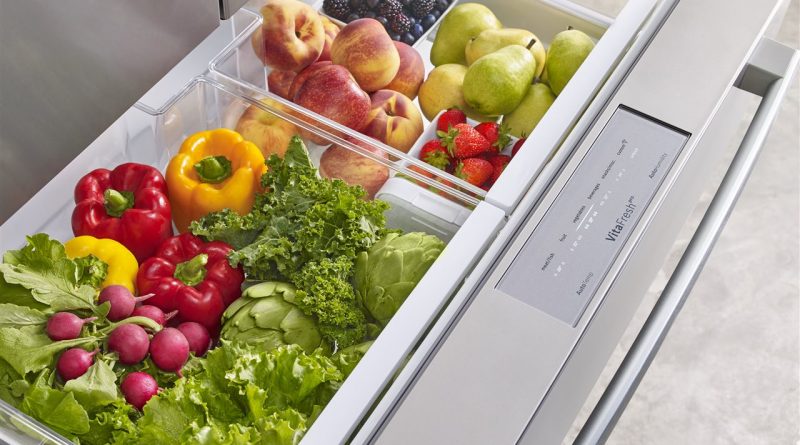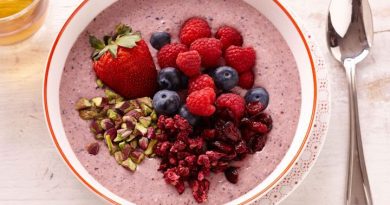5 ways to maximize groceries and minimize waste
Spending more time in the kitchen means learning the importance of not only keeping food fresh for weeks at a time, but also minimizing waste for fewer trips to the grocery store. Food waste also impacts our wallets. Whether aiming to reduce waste, save money or just find new ways get creative in the kitchen, these five tips will help you make the most out of your ingredients while saving all kinds of dough.
1. Take inventory and get organized
Seventy-seven percent of Americans attribute tossed food to forgetting they are in the refrigerator or losing them amongst the clutter. Further, 65 percent agree waste is due to lack of organization or space in the fridge, with one in four admitting their refrigerator is unorganized. When it comes to refrigerator and pantry organization, being able to see your items is half the battle.
The first step when organizing your pantry is to remove items, wipe surfaces clean and take inventory. Then, use clear, stackable containers to repack loose items or tough-to-store packages, such as oatmeal, condiment packets, nuts or grains.
When it comes to the refrigerator, use the first in, first out method as well as organizational features like split or adjustable shelving to your advantage.
2. Shop for a variety
To avoid overstocking, start by making a list. In addition to fresh fruit, vegetables and other necessities, add versatile non-perishables, proteins and starches. Fermented and pickled foods like kimchi, sauerkraut and tempeh boost your immune system, while also lasting months and adding a flavorful punch to dishes. Beans, seeds, alternative milks and oats, plus a range of spices can also help add variety to your meals.
3. Use the “stem to peel” method
The average American wastes 103 pounds of spoiled food from their refrigerator per year. One way to maximize produce is to repurpose commonly discarded parts. Peels can be left on almost all organic veggies for added flavor, texture and a boost of fiber. Citrus peels can be used in anything from baked goods to cocktails for added acidity and spice. Stems and veggie ends can be boiled down into a stock for use in other recipes, while leaves from fresh radishes, beets and carrots can be sautéed for a healthy side dish or to freshen up a pasta dish.
4. Be creative with what you have
Now is the perfect time to experiment with new recipes, but maximizing ingredients means starting with what you have. Prioritize items that are going to spoil soon and build a recipe from there. The Home Connect app is a great way to find recipe inspiration. Partners like Chefling can even provide pantry management and helpful meal suggestions based on what you have with the simple scan of a grocery receipt.
Instead of running to the store for an ingredient, search your inventory for replacements. For example, if you are baking and run out of butter, replace it with coconut oil or apple sauce. You can substitute unsweetened yogurt for mayo, sour cream or crème fraiche. As well, lemon juice, lime juice, vinegar and white wine are interchangeable in recipes.
5. Get friendly with your freezer
Fifty-two percent of Americans agree they toss out food because it will spoil before they have a chance to eat it. Freezing foods is a great way to preserve ingredients at peak freshness and get more value when buying in bulk.
Blanching vegetables before freezing helps maintain color and flavor. Frozen veggies, berries and cooked grains keep for two to three months in the freezer, while soup and bread will last three to six months. Just be sure to label all items with the date and prioritize the first in, first out rule.
From the pantry to the refrigerator and freezer, these tips will help you maximize all your ingredients for less food wasted while also getting more creative and organized in the kitchen than ever.
BPT









